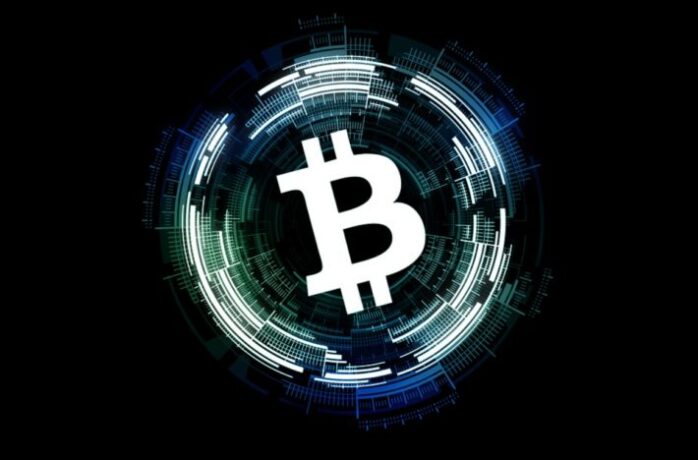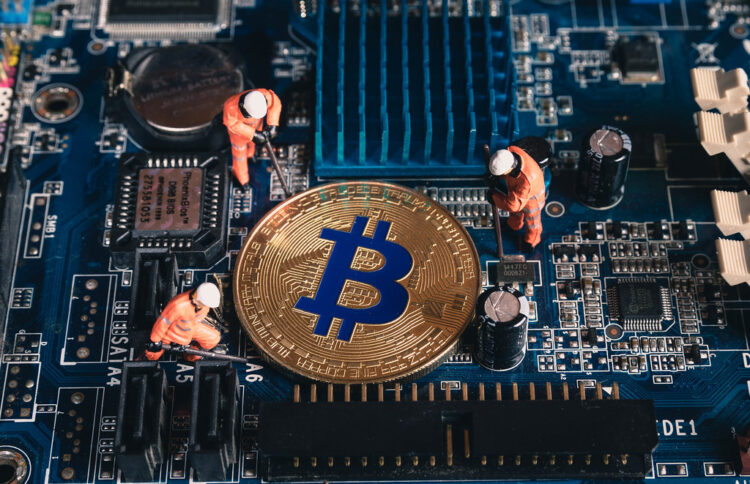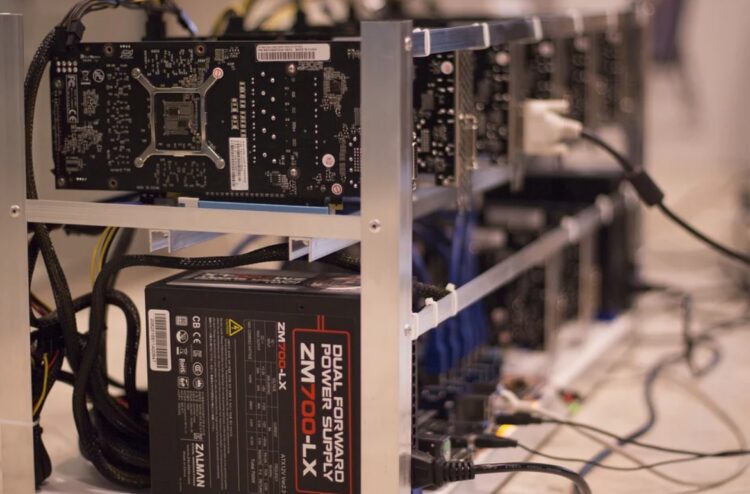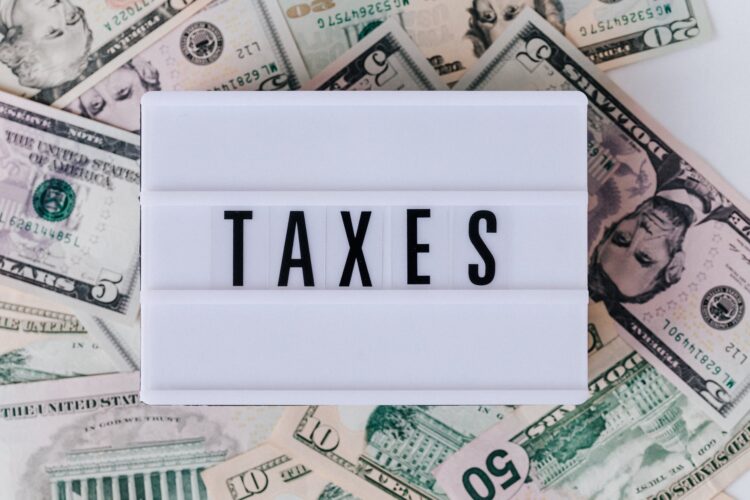
Most people buy Bitcoin on cryptocurrency exchanges, but it’s not the only option to get your hands on the world’s most lucrative cryptocurrency (yes, we are referring to Bitcoin) – you can also mine for it. Unlike gold mining, which used to take place in riverbeds and deep within caves, Bitcoin mining takes place on the blockchain.
All that is required is a computer that is less than five years old. However, this isn’t enough to ensure success. Mining for Bitcoin is akin to a game of seeing who can be the quickest in solving the trickiest puzzle. The more computational power you can provide, the more likely you are to strike gold, or in this case, Bitcoin.
Is it Worth It to Mine Crypto?

A number of criteria go into determining if crypto mining is profitable. The most significant elements to consider when choosing a mining rig are the hash rate, electric power consumption, and overall costs, whether a prospective miner uses a CPU, GPU, ASIC miner, or cloud mining. Crypto mining devices, in general, use a lot of power and produce a lot of heat.
The average ASIC miner, for example, will consume 72 terawatts of power to make a bitcoin in 10 minutes. As technology improves and mining becomes more complex, these figures will vary. While the machine’s price is crucial, electricity usage, equipment price, and cooling costs are vital to consider, particularly with GPU and ASIC mining rigs.
It’s also crucial to evaluate the level of difficulty for the cryptocurrency that someone wants to mine in order to figure out whether or not the operation will be profitable. Want to learn about affiliates? Click here and explore the world of affiliate marketing in cryptocurrency.
Learn About Proof of Work (PoW)

Crypto mining is comparable to mining metals. Crypto miners will initiate the release of new coins into circulation, much like regular miners will find more gold, silver, or diamonds. Miners must deploy devices that solve complicated mathematical equations in the form of cryptographic hashes in order to mine cryptocurrencies.
A hash is a cryptographic signature of a portion of data that has been truncated. Hashes are created to safeguard data exchanged over a public network. Miners compete with one another to find a hash value generated by a crypto coin transaction, with the first miner breaking the code by adding the block to the ledger and receiving the prize.
Each block refers to the preceding block using a hash function, resulting in an unbroken chain of blocks that links back to the first. As a result, network peers may quickly verify whether certain blocks are valid and whether the miners that confirmed each block correctly solved the hash to collect the reward.
The complexity of equations on the network rises with time as miners deploy more powerful equipment to solve PoW. Simultaneously, rivalry among miners intensifies, resulting in increased Bitcoin scarcity.
Understand Mining Hardware Alternatives

Mining pools are one way — and possibly the only way — that Bitcoin mining can still be profitable. These agreements let miners pool their resources, increasing processing capacity while dividing the difficulty, expense, and reward of Bitcoin mining.
Individual miners receive a tiny portion of the reward when a mining pool is awarded a Bitcoin once it solves the block. Because one bitcoin may be divided into eight decimal places, the Bitcoin network can accommodate a transaction of 0.00000001 BTC, allowing thousands of Bitcoin miners to collaborate through mining pools.
However, miners may have to wait a long time to harvest their prize. Though this is very theoretical, one study found that mining one bitcoin as part of a pool would take around 1,200 days on top-of-the-line ASIC technology.
Cloud mining is another option that you can consider. It is where you effectively buy processing power from remote mining farms rather than purchasing all the Bitcoin mining hardware yourself. The concept is similar to investing in a lucrative organization and receiving a portion of its profits.
Although there are genuine businesses that sell mining power in this manner, you should be wary of con artists. Even if it requires little effort on your part, keep in mind that you may be required to sign a long-term contract with significant monthly payments. It may eat away at your profits, and you may even lose money.
Learn About Taxes

The IRS considers cryptocurrencies (such as Bitcoin) earned through mining to be income. A miner will need proof of when a bitcoin was mined. The price of bitcoin on the day it was mined will be used to determine its value. The miner will have to pay capital gains tax on the difference if a bitcoin is later sold at a higher price. Authorities may impose additional tax responsibilities if a mining operation is not part of an established firm. A self-employment tax of 15.3 percent on annual income is likely to be owed by such miners.
Deciding The Cryptocurrency To Mine

The type of cryptocurrency mining that you’ve selected to conduct should also influence your equipment selection. Bitcoin, Ethereum, and Dash are a few of the most popular options. Keep in mind that Bitcoin mining is arguably the most difficult of them all; because the coin is so popular, many miners from all over the world are attempting to snare at least a small amount of Bitcoin from the limited pools that exist.
As a result, you may have to wait for a very long time until you acquire your first Bitcoin. With that in mind, sticking with Ethereum or another lesser-known cryptocurrency is probably your best bet. Check out the costs, figure out when your return on investment will be, perform some math, and you’ll have it figured out in no time!
Conclusion
Mining bitcoins isn’t easy. It consumes a ridiculous amount of power. Bitcoin mining can be lucrative, particularly in locations where electricity is very cheap. The current price of Bitcoin influences profitability levels as well. If BTC is only worth $4,000, putting in all this effort might not be worthwhile. When mining difficulty is low, you have a better chance of acquiring cryptocurrencies that can profit you in the future.











